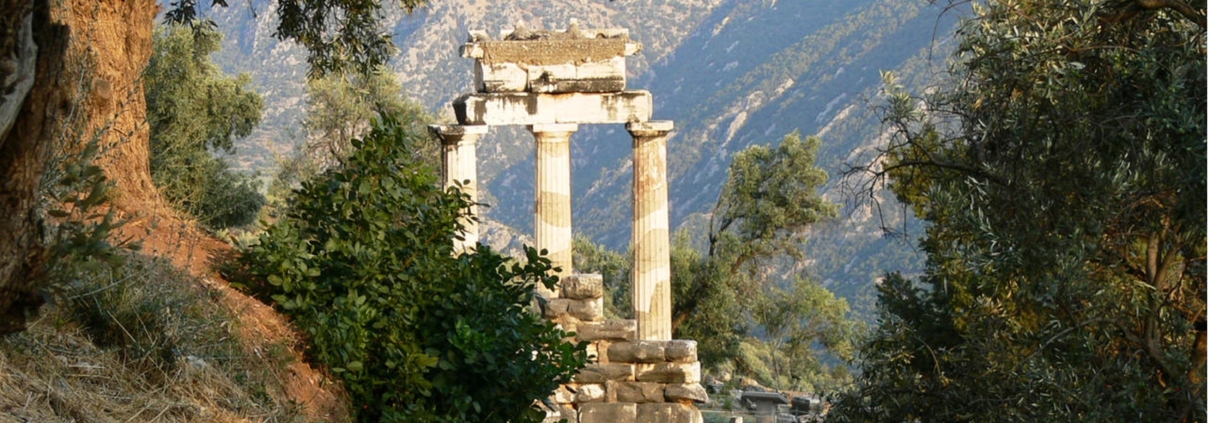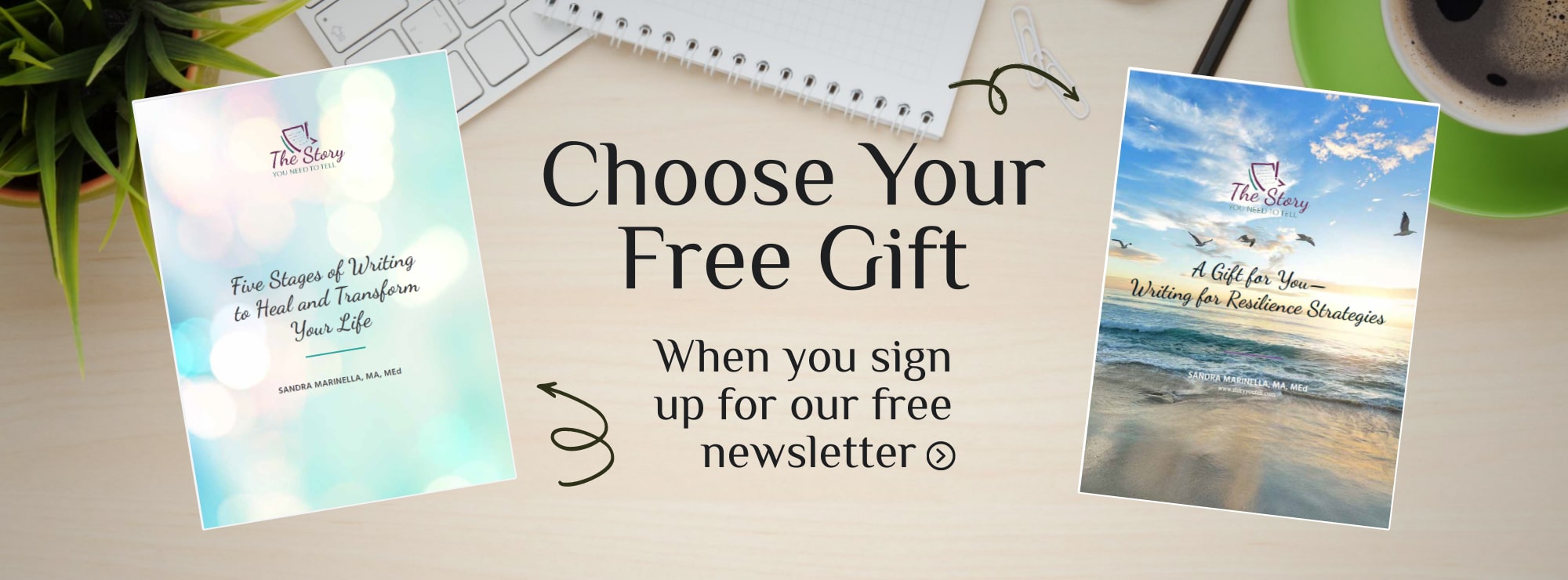One afternoon she waddled like a duck into my classroom. A heavy woman with flighty gray hair shooting in all directions, Mrs. Reed glared at me harshly. “Are you teaching music?” she blurted. I nodded. “That needs to stop. We teach English in this department—not music.”
“But they are reading the lyrics from the ‘Sounds of Silence’ and learning to understand” — but the door had already slammed behind her. Of course, I understand this better now. Mrs. Reed was a school fixture who had haunted the halls of Mesa High for decades. I was the new reading teacher foisted on her. Hired by a principal, not her.
By now I have seen many young teachers charge through the doors of schools with new ideas that rocked the way the elders had taught for decades. It can be unsettling. Reed loved “Dover Beach,” and Shakespeare’s Hamlet, and everything Advanced Placement. But the problem was half of the students didn’t love this curriculum and many struggled to read any of it.
My first year of teaching psychology in Indiana, a shy senior named Tommy pulled me aside one day after class. He told me nervously he could not read our textbook—and he wanted to. I was stunned. How could this happen? How could a teenager weave his way through a decade of schooling and not be able to read well? These questions morphed into–how could you take a sixteen-year-old and inspire them to learn to read? How could we excite young minds to explore words, to question, and to discover ideas? Could we teach curiosity? For me, these questions became a long-time passion.
That summer I headed west to graduate school in California, and in the twist and turns of living, I fell in love and married Steve. We landed in Arizona where the Air Force assigned him to teach pilot training, and I enrolled at ASU. Down the street from our new home was Mesa High School. The first time I saw it, I felt a shock of energy run down my spine. Surprised, I turned to Steve and said, “I think I am going to teach there.” In the coming year, as I worked on a graduate degree in reading, I landed a job at Mesa High.
In August I moved into room 202 with boxes filled with lesson plans I had been crafting and books with song lyrics from the pop artists I loved–Bob Dylan, Simon and Garfunkel, and of course, the Beetles. Songs the kids would know, and I hoped they would want to read and talk about. While graphic novels had not appeared yet, I had collected a box of Marvel comic books and stacks of old Road and Track and Seventeen magazines. I stocked my room with adolescent novels that I was devouring in my spare time–books like I Know What You Did Last Summer by Lois Duncan and The Outsiders by SE Hinton. When I hung my inspirational posters in the room, I knew I was ready.
The first week of school was a honeymoon. I liked the vulnerability of my adolescent reading students and their questions, and they welcomed my youthful enthusiasm. But of course, the head of the English Department was not so enthusiastic. After complaining to me that I was teaching music, not English, Mrs. Reed rejected my request to order a classroom set of The Pigman, a book that had been lauded by librarians across the country to hook teens on reading.
A week later I sat in my first English Department meeting during our lunch period. I was slated to share with the other teachers what I had been hired to do–test students, teach reading, and support teachers with reading materials. The principal had set it up.
For forty minutes Mrs. Reed droned on telling teachers about the open house, the new xerox machine, and how to manage school photos. Five minutes were left before the end-of-lunch bell would ring, and Mrs. Reed turned to me. “We won’t have time for you today, dear.” She called me “dear,” but she said it like I was pure poison.
“Oh,” I stammered as I quickly stood and began to pass out a simple sheet with the services I could offer. “I would love to work with this department on reading or on strategies to involve kids, and I welcome your questions—”
“Dear, we are English teachers, and we don’t need reading services,” Reed’s voice thundered across the room like a foghorn. “There is no time for questions. We are here to teach.” Her right fist slammed across her podium, her left hand waved us toward the door, and English teachers hurriedly scattered.
I didn’t sleep well that night because I had begun to wonder if I were going to survive this new teaching home. Would I be allowed to test and serve students who needed reading help? Could I provide support for teachers? Or would the long-time English department chair make me the school pariah? She had made a good start at it.
There is an old adage in teaching, when things are tough, close the door to your classroom and teach. And I did. Without sets of books or textbooks, my students and I initially undertook the news as a topic for learning. I assigned every student to dig through magazines and newspapers to find articles to share in class.
“Be curious!” I advised. And we started to keep “curiosity journals.” On those pages my students reacted to what they read and raised questions for our discussions. Who are hippies? Why are Beetles so popular? What caused the war? How do we stop it? Charged with student energy, I forgot about how the English department had shut me out.
Then a couple of months later at the faculty mailboxes, I met a new English teacher. Billie Cox. “I liked your handout,” she said. “You are bringing important work to this school—and I have questions for you,” she said this with a warm smile and a face framed by honey-colored hair.
“You have questions?” I asked with surprise.
“I have many questions! As a matter of fact, I think learning is all about questions!” Her laughter tumbled over the top of her words, but her voice was no-nonsense. “Let’s start with—how can we help kids at this school with their reading?”
A powerful surge of warmth flooded through me. “Gr—great question!” I stammered. “Can . . . can we get together?”
This, of course, was the real beginning of our work to bring reading and questioning to students who needed it in the English department and across the school. By the end of the year, even Mrs. Reed was sending students to be tested.
But more than that, this moment was a turning point in my life. It was the beginning of a life-long friendship with a no-nonsense educator who cared not only passionately about our students but about the beauty to be found in questions, in exploring ideas, and living a life where curiosity could be at the center. I am grateful she remains my friend. I am equally grateful she still peppers my life with questions.


